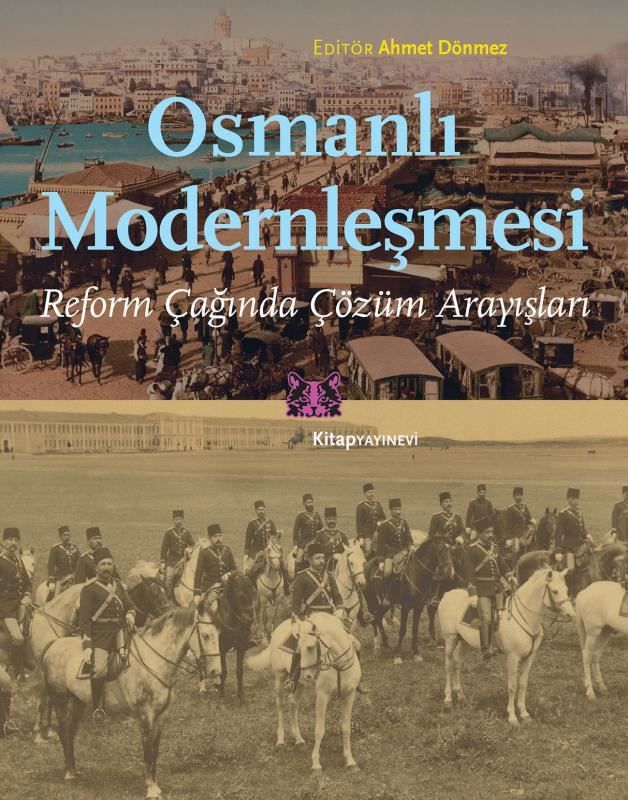
Osmanlı Modernleşmesi-Reform Çağında Çözüm Arayışları
Even three hundred years after the end of the Fatih era, the Ottoman Empire was still governed by a medieval state system. Although Ottoman statesmen began to make various suggestions on how to solve the emerging problems in the 17th century, the desired success was not achieved in diagnosing the source of the problems and solving them. By the 18th century, the superiority of European states, especially in the military field, began to be openly accepted. The Ottoman sultans realized that the state was rapidly falling into decline starting from the 18th century and that they did not have the luxury of maintaining the current situation. The systematic modernization efforts of Selim III and then Mahmud II should be seen as the results of this understanding. This book about Ottoman modernization consists of the studies of nine academics who are experts in their fields on different stages of the modernization process. Uğur Kurtaran focuses on the general characteristics of the innovations made in the first half of the 18th century in the Ottoman Empire and the changing perception of the West in the Ottoman Empire. Necmettin Alkan places the change in the perception of Europe in the minds of the Ottomans in the 18th century at the center of his work. Mehmet Alaaddin Yalçınkaya comprehensively discusses the employment of foreign experts in the Ottoman Empire from the Tulip Era to the Tanzimat. Sezai Balcı examines the Sublime Porte of Translation during the Tanzimat period and its effects on innovation efforts. Şükriye Pınar Özyalvaç puts the problem of space in the reforms of the Tanzimat period at the center of her study and provides detailed information about the efforts of the Ottoman administrators to find a solution to this problem. Adil Calap discusses the connections between the Paris Peace Agreement and the Reform Edict signed after the Crimean War in a multifaceted manner. Ahmet Dönmez explains the thoughts of James Brant, who was the consul of Trabzon and Erzurum for many years, on the Ottoman state and society structure, especially the problem of reform in the Ottomans, based on Ottoman and British archive documents. Mahmut Akpınar discusses the Armenian ministers who served in the Ottoman government, specifically on the issue of non-Muslim employment in the Ottoman Empire after the Reform Edict. Yaşar Semiz, on the other hand, discusses the developments in Ottoman economic thought during the Second Constitutional Monarchy.
(From the Promotional Bulletin)
Dough Type: 2nd Dough
Size: 16.5 x 21
First Printing Year: 2019
Number of Printings: 1st Edition
Language: Turkish
| Publisher | : | Book Publishing House |
| ISBN | : | 9786051051949 |

